NCERT Solutions for Class 7 Social Science - Kings and Kingdoms
| Table of contents |

|
| Let's Recall |

|
| Let's Understand |

|
| Let's Discuss |

|
| Let's Do |

|
Let's Recall
Q1. Match the following: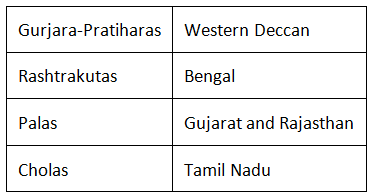
Ans: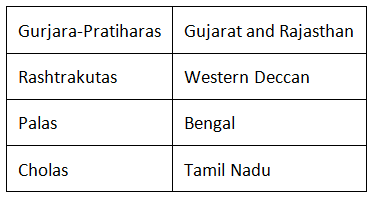
Q2. Who were the parties involved in the “tripartite struggle”?
Ans: The parties involved in the “tripartite struggle” were the rulers belonging to the Gurjara - Pratihara, Rastrakuta and Pala dynasties who fought for the control over Kannauj. Because there were three parties in this long-drawn conflict, historians often describe it as the “tripartite struggle”.
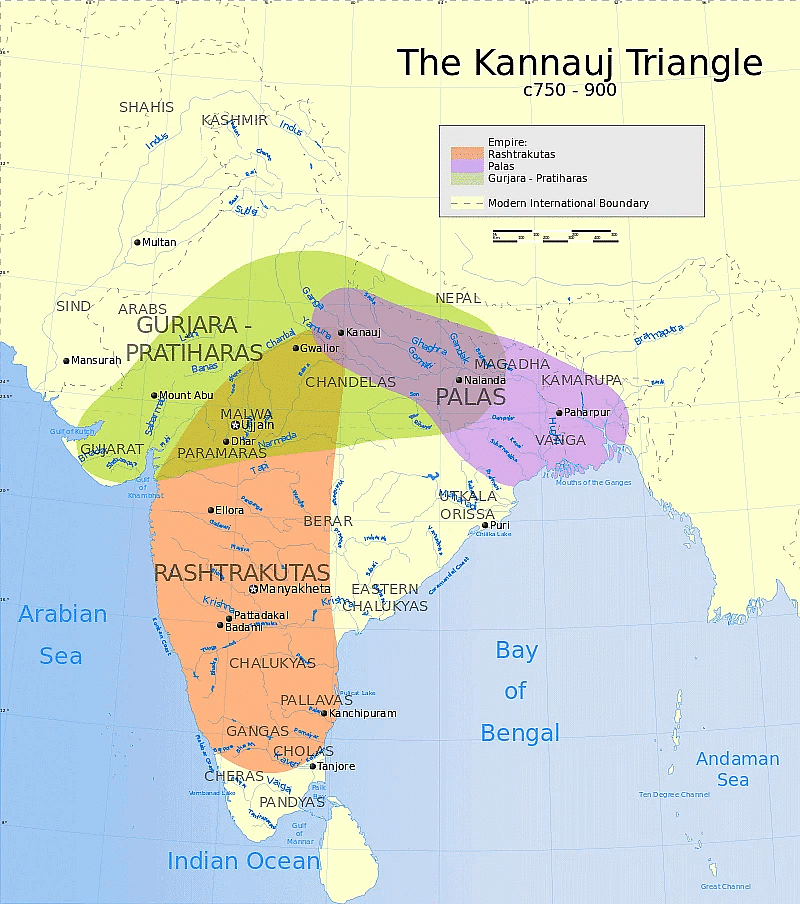 Tripartite Struggle
Tripartite Struggle
Q3. What were the qualifications necessary to become a member of a committee of the sabha in the Chola empire?
Ans: The following qualifications were necessary for becoming a member of the sabha in the Chola empire:
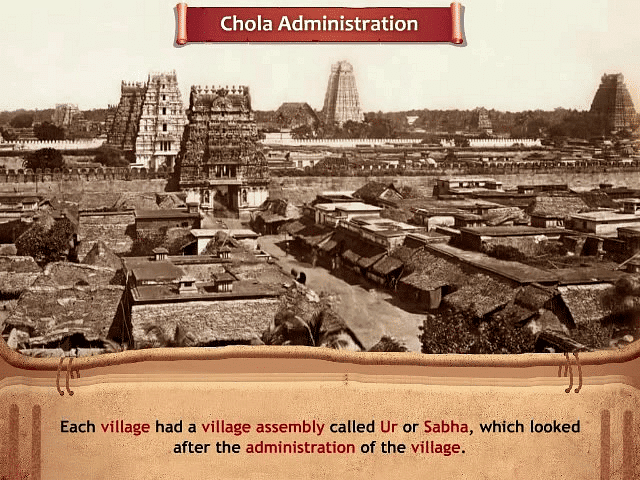 Sabha in Chola Empire
Sabha in Chola Empire
- To become member of the sabha, one should be the owner of the land from which land revenue is collected and should have their own home.
- One should be aged between 35 years and 70 years of age and should have knowledge of the Vedas.
- One should be honest and well-versed in administrative matters.
- If anyone has been a committee member in the last three years, he cannot become a member of another committee.
- Anyone who has not submitted his accounts or of his relatives, cannot contest the elections.
Q4. What were the two major cities under the control of the Chahamanas?
Ans: The two major cities under the control of the Chahamanas were - Indraprastha and Kanauj.
Let's Understand
Q5. How did the Rashtrakutas become powerful?
Ans: In the mid-eighth century, Dantidurga, a chief of the Rashtrakutas, gained power by:
- Overthrowing his Chalukya overlord.
- Performing a ritual known as Hiranya Garbha (golden womb).
- Receiving assistance from Brahmanas during the ritual, which was believed to allow him to be reborn as a Kshatriya, despite not being one by birth.
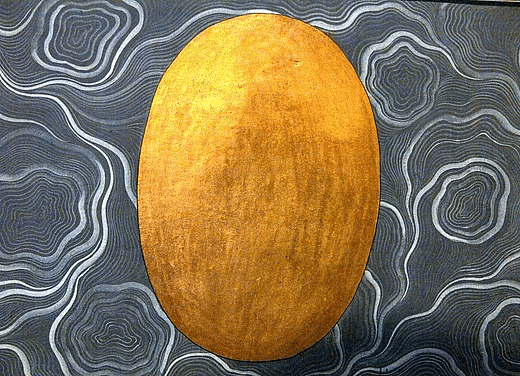 'Hiranya-Garbha' literally means 'golden womb'Under the leadership of Dantidurga, they expanded their territories and defeated many rulers, including the Pratiharas and the Palas. They had an efficient military organization and a well-functioning administrative system, which included land grants to officers and religious institutions. This combination of military strength and ritual significance helped the Rashtrakutas establish their dominance.
'Hiranya-Garbha' literally means 'golden womb'Under the leadership of Dantidurga, they expanded their territories and defeated many rulers, including the Pratiharas and the Palas. They had an efficient military organization and a well-functioning administrative system, which included land grants to officers and religious institutions. This combination of military strength and ritual significance helped the Rashtrakutas establish their dominance.
Q6. What did the new dynasties do to gain acceptance?
Ans: By the seventh century, powerful landlords and warrior chiefs emerged across the subcontinent. Existing kings often recognised them as their subordinates, known as samantas. These samantas were expected to:
- Bring gifts for their kings or overlords.
- Attend royal courts.
- Provide military support.
As samantas gained wealth and influence, they began to call themselves maha-samanta or maha-mandaleshvara (great lord of a region). At times, they asserted their independence from their overlords. For example, the Rashtrakutas in the Deccan initially served under the Chalukyas of Karnataka. In the mid-eighth century, Dantidurga, a Rashtrakuta chief, overthrew his Chalukya overlord and performed a ritual called hiranya-garbha (golden womb), signifying his rise to power.
Q7. What kind of irrigation works were developed in the Tamil region?
Ans: Kind of irrigation works developed in the Tamil region:
(i) Water from the Kaveri river channels provided essential moisture for agriculture.
(ii) Wells were dug in some areas, while large tanks were built to collect rainwater.
(iii) Embankments were constructed to prevent flooding.
(iv) Canals were built to transport water to the fields.
(v) Sluice gates were installed to control the water flow from tanks to irrigation channels.
Q8. What were the activities associated with Chola temples?
Ans: Chola temples served multiple roles beyond being places of worship. They were vital to the local economy and culture, acting as:
- Centres of craft production: Temples often became the heart of settlements, fostering various crafts.
- Economic hubs: They were supported by land grants from rulers and others, with the produce used to maintain temple specialists.
- Social and cultural centres: Temples hosted a range of specialists, including priests, musicians, and dancers, contributing to community life.
Among the crafts, the creation of bronze images was particularly notable. Chola bronze sculptures are renowned as some of the finest globally, primarily depicting deities, but also occasionally featuring devotees.
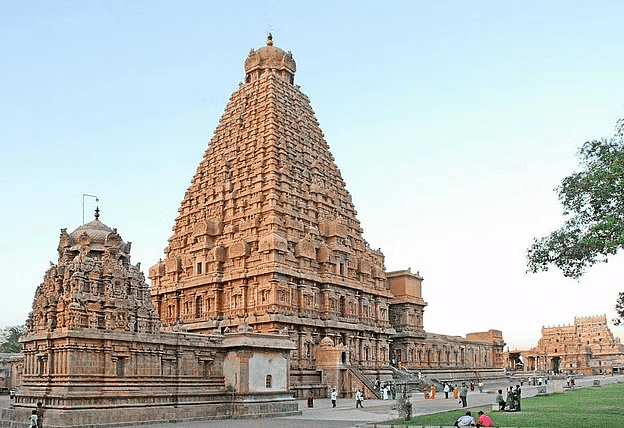 Chola Temple
Chola Temple
Let's Discuss
Q9. Look at Map 1 once more and find out whether there were any kingdoms in the state in which you live.
 Map 1Ans: The answer will differ based on each student's location. Students should:
Map 1Ans: The answer will differ based on each student's location. Students should:
- Examine Map 1 closely.
- Identify any kingdoms that existed in their state.
- Base their answers on their own observations and studies.
Q10. Contrast the “elections” in Uttaramerur with present-day panchayat elections.
Ans: The election process in Uttaramerur was significantly different from today's panchayat elections:
Uttaramerur Elections:
- Eligible members' names were written on small palm leaf tickets.
- These tickets were placed in an earthen pot.
- A young boy randomly drew the tickets for each committee.
Present-Day Panchayat Elections:
- Members are elected through a general election.
- Voters receive a ballot paper with candidates' names and symbols.
- Voters mark their choice and place the paper in a ballot box.
- Votes are counted, and the Returning Officer announces results.
- A statutory body organizes every procedure.
Let's Do
Q11. Compare the temple shown in this chapter with any present-day temple in your neighborhood, highlighting any similarities and differences that you notice.
Ans: The temples which are found nowadays do not have such intricate architechture except few as shown in this chapter. Only Akshar Dham temple can match such other wall as the temple that at Gangaikondacholapuram.
Q12. Find out more about taxes that are collected at present. Are these in cash, kind, or labour services?
Ans: Today we pay several taxes like property tax, road tax, service tax, entertainment tax, water tax, etc. These taxes are in cash, not in kind, nor labour services.
|
63 videos|552 docs|46 tests
|
FAQs on NCERT Solutions for Class 7 Social Science - Kings and Kingdoms
| 1. What were the major kingdoms that emerged during the post-Gupta period in India? |  |
| 2. Who were the Rajputs? |  |
| 3. What was the significance of the Battle of Tarain? |  |
| 4. Who was Harsha? |  |
| 5. How did the Cholas contribute to the cultural and economic growth of India? |  |





















